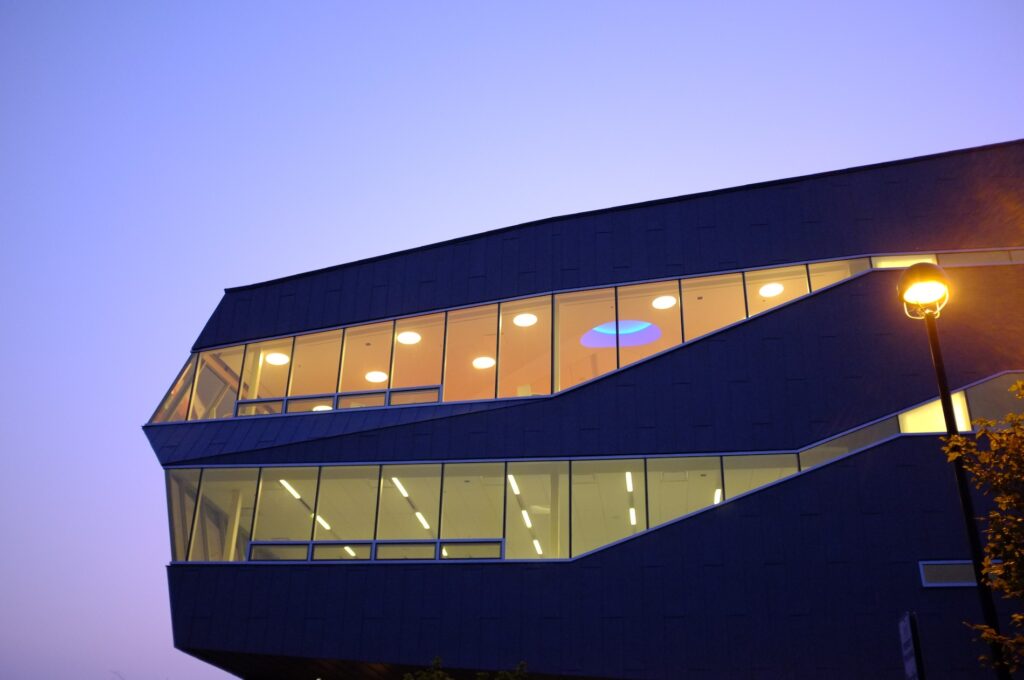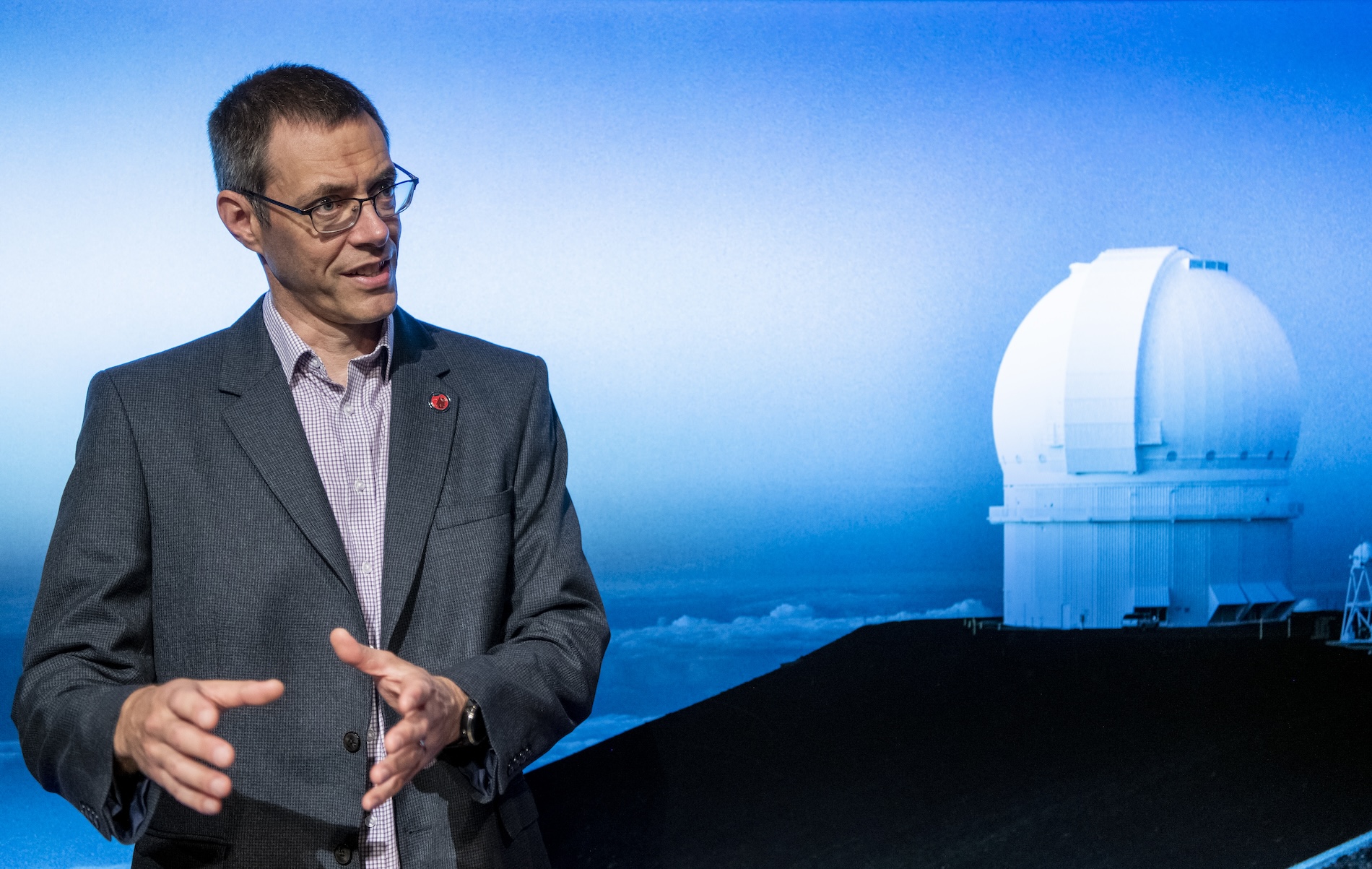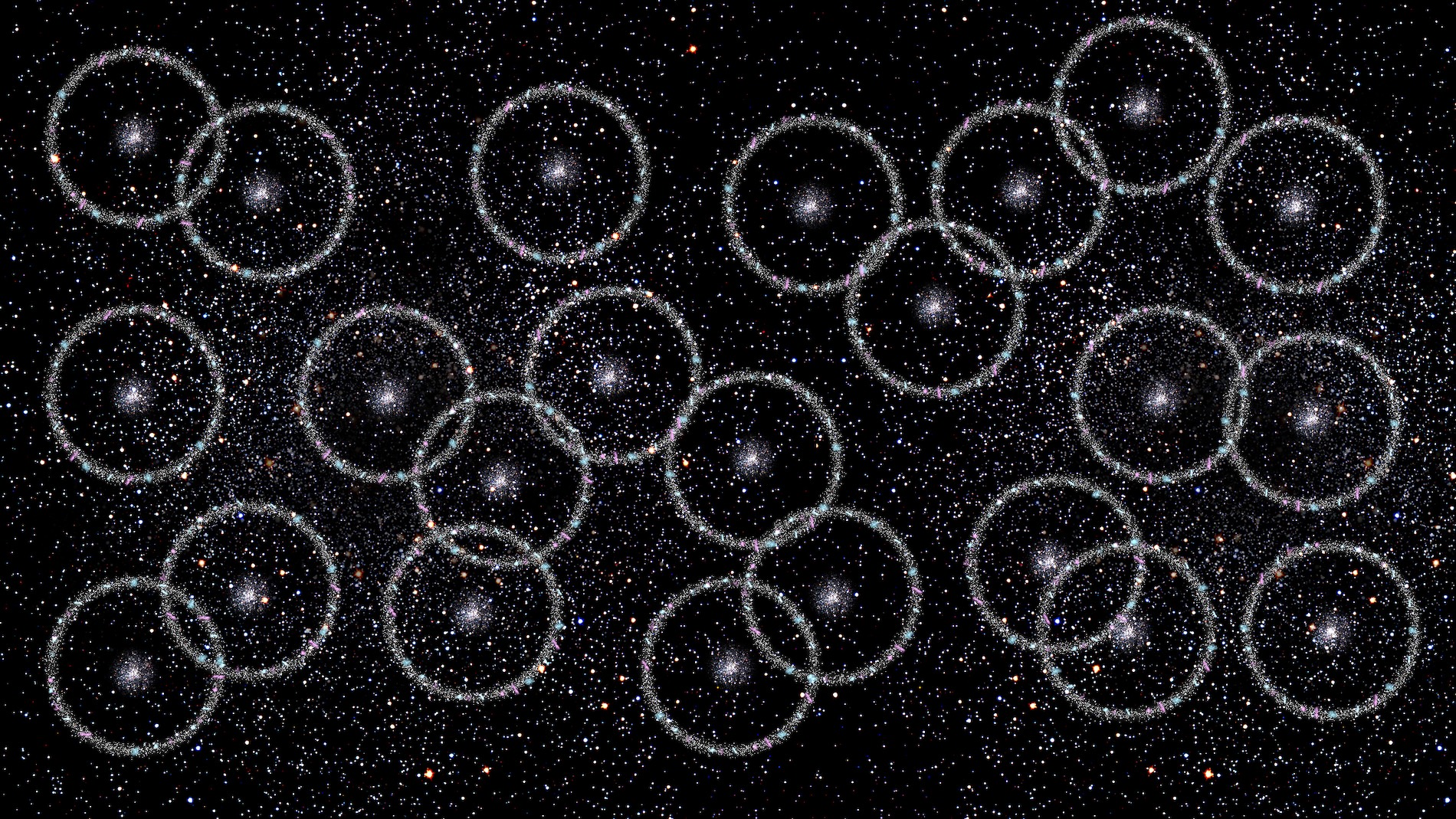
In February 2023, Perimeter hosted a visit from the Institute’s Scientific Advisory Committee (SAC). This committee, chaired by Fermilab physicist Marcela Carena, is composed of eminent scientists drawn from the international community. It is an integral oversight body that assists the Board in ensuring the Institute is meeting a high standard of scientific excellence. The SAC conducted a mid-term review of the Institute, speaking to faculty, postdocs, students, and staff during a two-day visit, their first return to the Perimeter building in several years. (Their last review pivoted to an online format in spring 2020 due to the COVID-19 pandemic.)
The SAC was pleased with the Institute’s progress on several fronts, including the recruitment of talented young faculty, the identification of new and impactful research directions, and important efforts and advances in the area of equity, diversity, and inclusion (EDI; covered in additional detail on page 18). The SAC provided recommendations and suggestions to the Perimeter Board of Directors in a written report following the visit. The committee highlighted potential areas for exploration to further strengthen the research excellence of the Institute, noting, “PI has an extraordinary record of successfully identifying and pursuing exciting new research directions.”
“Perimeter Institute is one of the world’s leading centers for theoretical physics research. With its culture of innovation, collaboration, and inclusion, it continues to attract exceptional researchers and students. With landmark research discoveries, forward-looking training programs, and innovative outreach activities, it provides an enormous boost to Canada’s and Ontario’s reputation and capacity in theoretical physics.”
Report to Perimeter from the Scientific Advisory Committee

In January 2023, Perimeter Institute hosted a major announcement from the Government of Canada: the launch of the National Quantum Strategy. The Honourable François-Philippe Champagne rolled out the $360 million investment committed in Budget 2021, aimed at growing Canada’s existing global leadership in quantum research and quantum technology. The new strategy will bring together businesses, researchers, and academics and is driven by three key technology areas: quantum computing hardware and software, quantum communications and cryptography, and quantum sensors. “The National Quantum Strategy will support a resilient economy by strengthening our research, businesses, and talent, giving Canada a competitive advantage for decades to come,” Minister Champagne said to the scientists and leaders from Canadian research and industry in attendance.
The minister was joined on stage by Perimeter Director and BMO Financial Group Isaac Newton Chair Robert Myers and Quantum Advisory Council Co-Chairs Raymond Laflamme, a founding research associate faculty member at Perimeter Institute and Professor at the University of Waterloo’s Institute for Quantum Computing, and Stephanie Simmons, Canada Research Chair in Silicon Quantum Technologies and associate professor in the Department of Physics at Simon Fraser University and founder and chief quantum officer of Photonic Inc. Representatives from the federal, provincial, and regional governments attended the announcement in the Perimeter atrium as it was broadcast live across the country. “It’s often said that today’s theoretical physics is tomorrow’s technology,” said Myers. “More and more in quantum science, we’re finding that tomorrow is here now. These are exciting times.”

Dark energy is the mysterious something causing the entire universe to expand – and doing so at a faster and faster rate. But new insights into that mystery may soon be upon us, thanks to the Dark Energy Spectroscopic Instrument (DESI) that sits atop the Nicholas U. Mayall 4-meter Telescope at the Kitt Peak National Observatory in Arizona. In June 2023, the first batch of publicly released data from the experiment’s survey validation stage sparked excitement within the international research community. Will Percival, a research associate faculty member at Perimeter and Director of the Waterloo Centre for Astrophysics at the University of Waterloo, and Dustin Lang, a Perimeter computational scientist, have been part of the international DESI team from the start. They also lead the PI DESI Initiative. This data release proves not just that DESI is working tremendously well as an instrument but also that early data match predictions, an important step in the buildup to full DESI data releases.
Refrences:


Refrences: